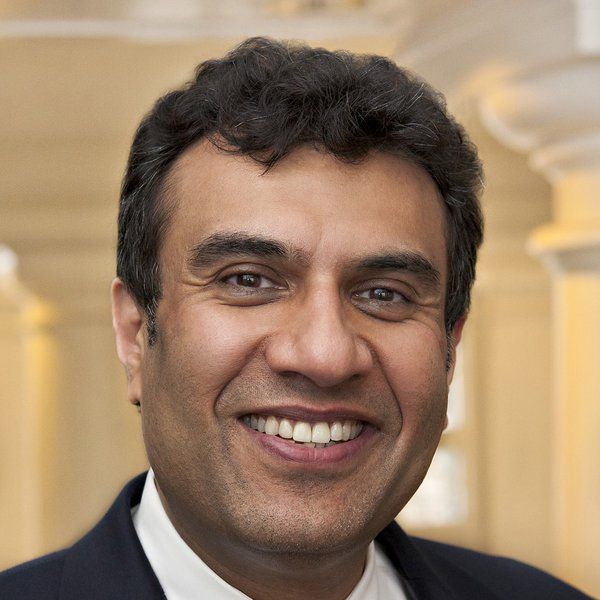Article
Three-Dimensional Heart Patch May Repair Disease-Damaged Tissue
Researchers have used mouse embryonic stem cells to create a patch made of cardiomyocytes and cardiac fibroblasts that may one day be used to repair tissue damaged by heart disease.
Researchers at Duke University have used mouse embryonic stem cells to design a three-dimensional "patch" made up of cardiomyocytes that may become an important tool in repairing heart tissue that has been damaged by disease.
The new patch, which, according to the researchers, looks "much like a piece of Chex cereal," exhibited the two most important aspects of heart muscle cells - the ability to contract and to conduct electrical impulses. The flexibility of the new patch enabled the researchers to alter the shape and length of the pores to control the direction in which the new cells were growing.
According to researcher Brian Liau, a graduate student in biomedical engineering at Duke's Pratt School of Engineering, growing cardiomyocytes on their own led to an "unorganized ball of cells." However, when the researchers added cardiac fibroblasts to the growing cells, which make up as much as 60% of all cells in the human heart, "a nourishing environment that stimulated the cells to grow as if they were in a developing heart" was created, Liau said.
The researchers "grew the cells in an environment much like that found in natural tissues." The cells were encapsulated in a gel composed of fibrin and cardiac fibroblasts. Although the results of this research are a "proof-of-principle advance," said assistant professor Nenad Bursac, much more research must still be done before the patch would be ready for use in humans with heart disease.
"While we were able to grow heart muscle cells that were able to contract with strength and carry electric impulses quickly, there are many other factors that need to be considered," Bursac said. "The use of fibrin as a structural material allowed us to grow thicker, three-dimensional patches, which would be essential for the delivery of therapeutic doses of cells. One of the major challenges then would be establishing a blood vessel supply to sustain the patch."
Liau presented the results of the study at the annual scientific sessions of the Biomedical Engineering Society in Pittsburgh.





